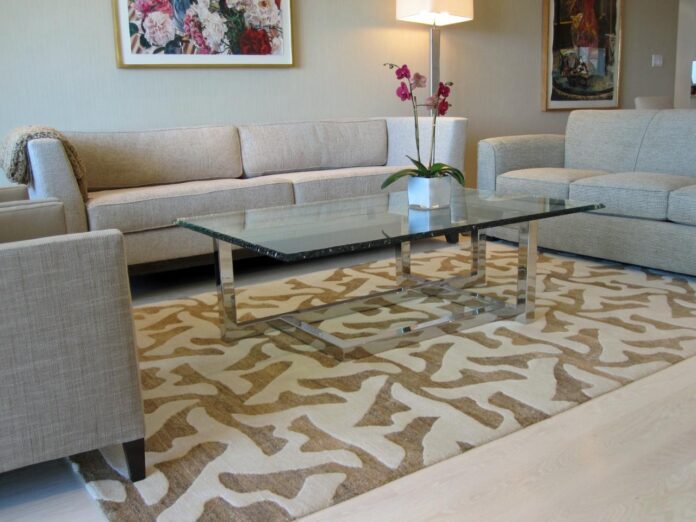When you’re shopping for carpet, it can be hard to know which type will work best in your living room. There are a lot of factors to consider, from the size of the room to the style you want.
The Different Types of Carpet
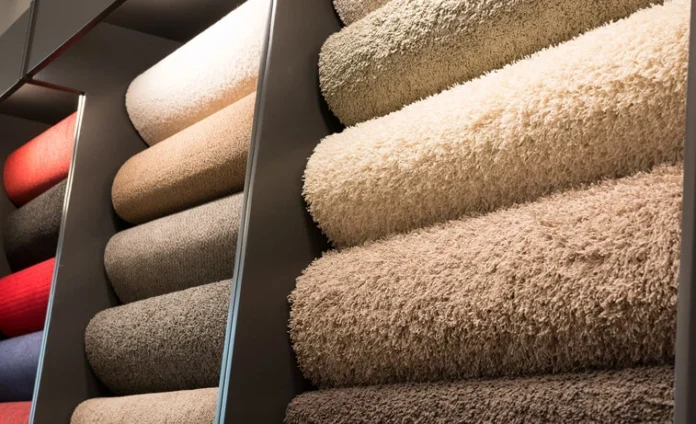
Paradise Management team explains, there are many types of carpets available on the market today, each with its own advantages and disadvantages. Here’s a quick overview of the different types:
Carpet tiles: These are probably the most common type of carpet, and they’re perfect for areas where you don’t plan on having a lot of movement, like a living room. They have a very low pile height and are easy to clean. They also have a relatively short lifespan, so you’ll need to replace them about every six years.
Carpet runners are similar to floor mats but are made specifically for use with carpets. They keep your feet dry and protect your rug from scratches. They come in various sizes and can be used in any room.
Carpeting is thicker than both of those options and has a higher pile height, which means it will hold more dirt and debris. It also has a longer lifespan, typically lasting around 10 years before you’ll need to replace it. However, carpeting is considerably more expensive than either tile or runner carpets and may not be the best option if you plan on hosting a lot of big events in your home.
Shag carpet is the most popular for use in a living room. This type of rug is often made out of short, thin strands of wool or cotton yarn that have been pulled into a pile. Because shag carpets are so thin and lightweight, they are easy to move and can be swept clean with a broom.
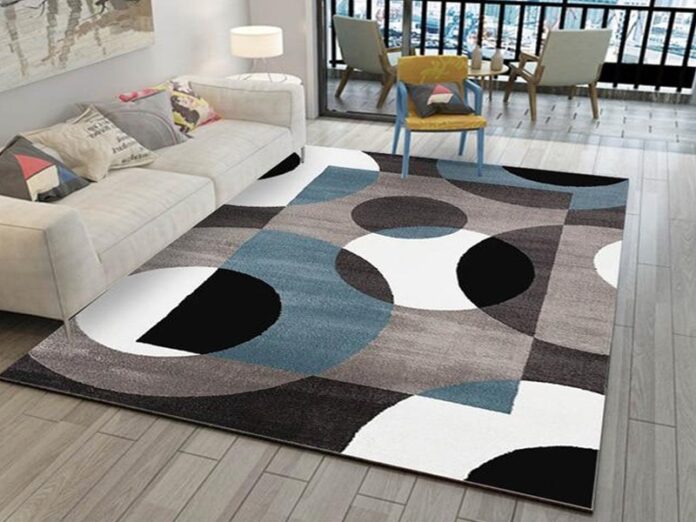
Berber carpets are also popular for use in living rooms. They are made from yarns that have been twisted together into knots. This creates a textured surface that is both visually appealing and functional. They are especially good at absorbing sound, which makes them ideal for areas where noise levels are high, such as children’s playrooms or bedrooms.
Oriental rugs are made from a variety of textures and colors. They are often woven with a complex tangle of yarns that create an intricate pattern. Oriental rugs tend to be larger than other carpets and can cost more than other types.
Wool carpets are the most popular type of carpet because they provide warmth and comfort while also looking elegant. Wool is naturally resistant to moisture so it lasts longer than other types of carpets without needing special care or treatment. Wool carpets come in many different colors, textures, and sizes so there is something for everyone.
How to Choose the Right Type of Carpet for Your Living Room
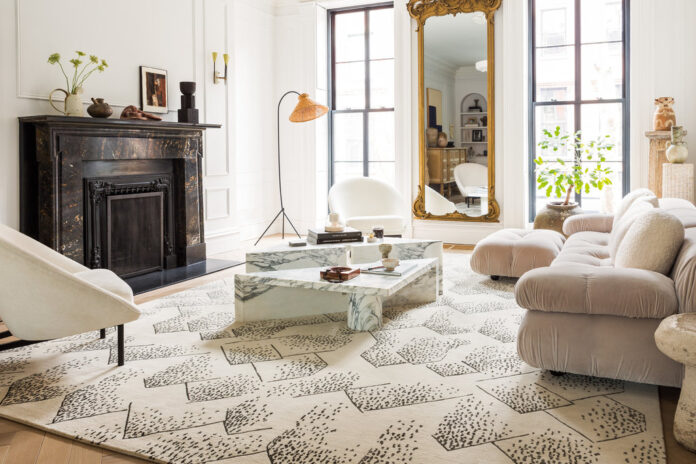
When you’re looking to buy carpet for your living room, there are a few things to consider. The first is the tone of the room itself. Do you want a softer, more subtle look or something that’s a little bolder and more eye-catching? Then you should decide whether you want a carpet that’s designed to be soft underfoot or one that’s harder and less forgiving. Once you’ve got that covered, keep these 4 things in mind:
1. Size
The size of the room will dictate the type of carpet you need. If the room is smaller, a low-pile rug might be a good choice; if it’s larger, a higher-pile rug might be better.
Start by marking off where you think each furniture piece will sit. Then use that information as a starting point to figure out how much space each piece will occupy. Once those measurements are in hand, it’s time to figure out the rug size that’ll fit perfectly within those boundaries. Be sure to add at least 3 inches (7.6 cm) onto each measurement for padding and durability’s sake – larger rugs often need more room around them than thinner ones due to their bulkier materials. While there is no one specific “right” size for every living room, following these simple steps should help ensure that you choose one that works perfectly for your space and needs.
2. Color
Color is one of the most important factors when choosing. You don’t want something too bright or too dark; instead, look for something in between that will fit with your other decorating choices. To choose a neutral color, try using one of the five basic colors: red, blue, yellow, green, or black. If you have a white or light-colored wall nearby, opt for a complementary color instead of a pure one. For example, if your walls are beige, go with a light blue or green living room carpet to avoid looking too bland.
If you’re on the hunt for something more dramatic, choose one of two primary colors (red or blue) and add secondary colors like yellow and green to mix things up. Be sure to take into account what other furniture is in the room – bright colors will look best against tonal furnishings while dark colors will clash with brighter pieces.
When picking a hue, always aim to err on the side of caution – if you’re not sure whether a certain color will work well in your space, go with something more neutral instead. And remember: no matter which hue you choose, always make sure it’s neutrally appropriate for your wall paint and other fixtures!
3. Material
When choosing the right material for your living room carpet, it’s important to consider your overall aesthetic and how you want the room to look. Some of the most popular materials used in living rooms include wool, jute, and chenille.
Wool is a natural fiber, so it can be a bit heavy and feel warm underfoot. Jute is a plant-based fiber that has a rustic feel and is often used in areas where there is a lot of foot traffic. Chenille is a Mohawk-like fiber made from rabbit or beaver hair, and it has a very textured appearance.
Each of these materials has its own unique look and feel, so it’s important to choose one that will complement your decorating style and personality. If you’re looking for something softer and more inviting, the wool may be a perfect choice. On the other hand, if you’re trying to create a more modern space with sleek lines, a chenille might be best suited. Ultimately, the key is to experiment with different types of materials until you find something that works perfectly for your home.
4. Pile height
If the room is small, you may want to go with a lower pile height to save on floor space. On the other hand, if the room is large and you don’t care about floor space, go with a higher pile height. Another factor to consider is your personal style. Do you prefer a more formal or casual atmosphere? If you’re more informal, opting for a lower pile height might be more appropriate. Conversely, if you prefer a more formal setting, going with a higher pile height will give the appearance of greater luxury.
Finally, consider your own comfort level when deciding on a pile height. Some people find that medium piles are most comfortable, while others prefer high piles because they feel like they’re walking on air. Thankfully, there’s no wrong answer when it comes to choosing the right pile height for your living room carpet – as long as you take into consideration all of the factors mentioned above!
Conclusion
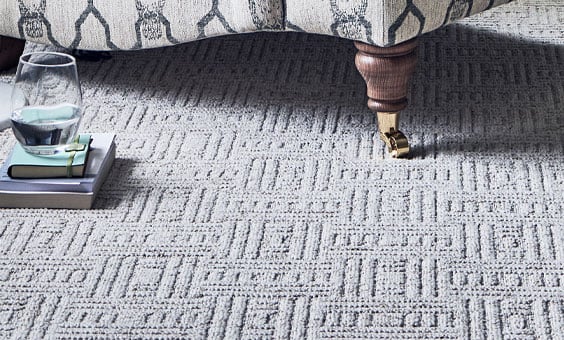
There are a few things to consider when choosing the right type of carpet for your living room. For one, you’ll want to decide on the color palette that you wish to use in your space. Second, you’ll want to think about how much foot traffic the room will see on a daily basis. Third, and most importantly, think about what style of carpet would best suit your needs and personality. With these factors in mind, you’re ready to start shopping!
